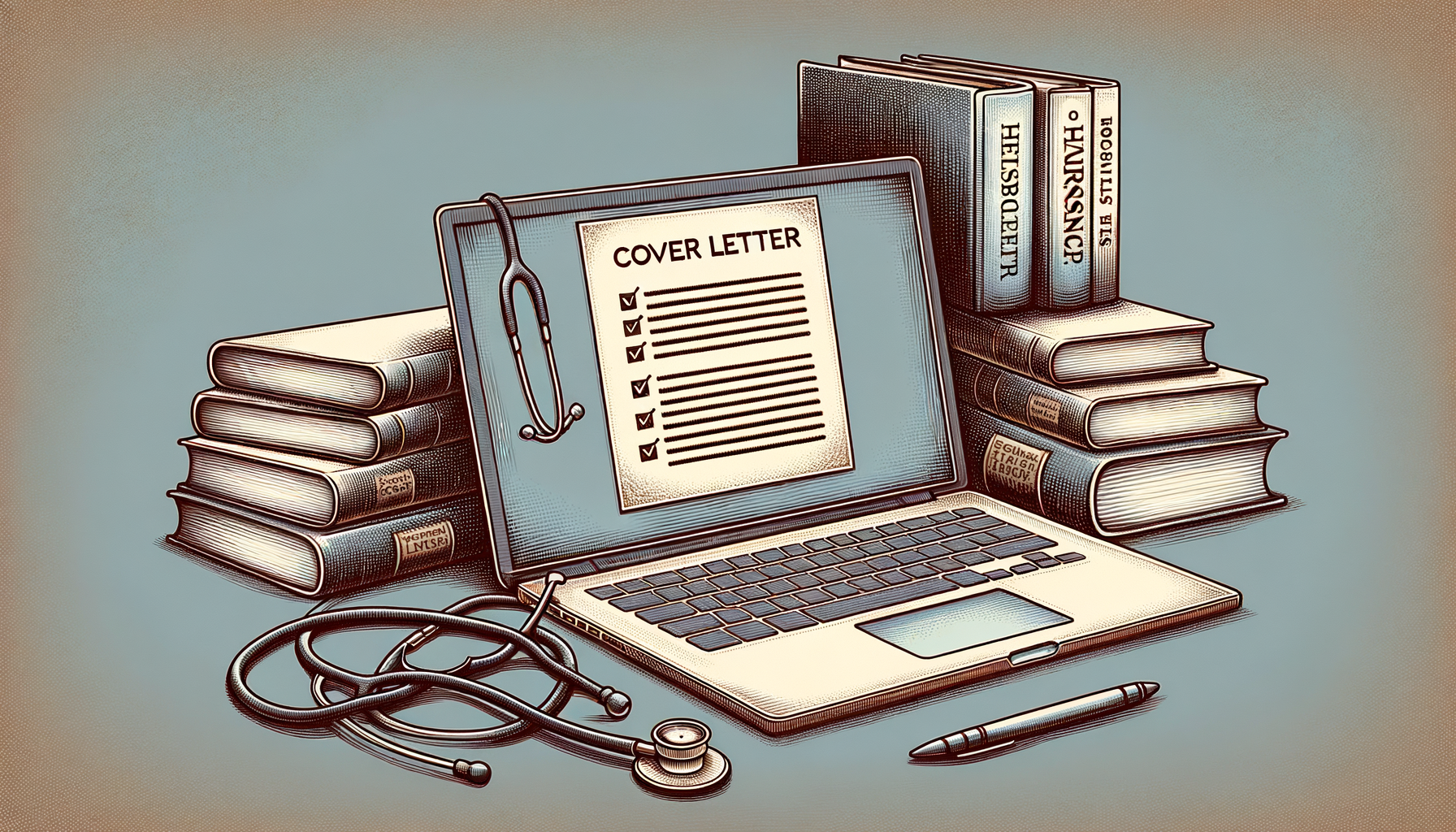Writing an apology letter for work can be a delicate task, but it is an essential skill for maintaining professionalism and repairing relationships in the workplace. Whether you missed a deadline, made an error, or caused inconvenience to a colleague or client, a well-crafted apology letter can demonstrate accountability, sincerity, and a commitment to improvement. This guide will walk you through the process of writing an effective apology letter, complete with practical examples to help you express your regret clearly and professionally.
Understanding the Essentials of an Apology Letter for Work
Before diving into the writing process, it’s important to understand what an apology letter for work entails and why it matters. An apology letter is a formal communication that acknowledges a mistake or oversight, expresses remorse, and outlines steps to prevent recurrence. It serves as a bridge to rebuild trust and maintain a positive professional reputation.
Key aspects to consider when writing an apology letter include:
- Clarity in acknowledging the specific mistake or issue
- Expressing genuine remorse without over-apologizing
- Taking responsibility without making excuses
- Offering a plan or assurance to avoid future errors
- Maintaining a professional and respectful tone throughout
How to Write an Apology Letter for Work with Examples - Step by Step
Writing an apology letter can feel overwhelming, but breaking it down into clear steps makes the process manageable and effective. Follow this step-by-step guide to craft your apology letter with confidence and professionalism.
Step 1: Start with a Clear and Direct Apology
Begin your letter by clearly stating that you are apologizing. Use straightforward language such as "I apologize for..." or "I am sorry for...". This sets the tone and shows that you are taking responsibility right from the start.
Step 2: Explain What Happened Without Making Excuses
Briefly describe the situation or mistake that occurred. Keep this explanation factual and avoid shifting blame or making excuses. The goal is to provide context so the recipient understands the circumstances.
Step 3: Acknowledge the Impact
Recognize how your actions affected others, whether it caused inconvenience, delays, or other issues. This demonstrates empathy and awareness of the consequences of your mistake.
Step 4: Offer a Solution or Preventative Measures
Explain what steps you are taking or will take to correct the issue and prevent it from happening again. This reassures the recipient that you are committed to improvement and accountability.
Step 5: Close with a Polite and Professional Sign-Off
End your letter with a courteous closing, such as "Thank you for your understanding" or "I appreciate your patience." Sign off with your name and, if appropriate, your position or contact information.
What You Need to Remember
While the step-by-step guide provides a solid framework, there are additional do’s and don’ts that can enhance the effectiveness of your apology letter. Remember to keep your tone sincere and avoid overly emotional language that might undermine professionalism. Do not use vague phrases like "if I offended you"—be direct and clear about your responsibility.
It’s also important to proofread your letter carefully to avoid any errors that could detract from your message. A well-written apology letter can significantly improve workplace relationships and demonstrate your maturity and reliability as a professional. Following these steps can increase the likelihood of a positive response and help you move forward constructively.
Quantifiably, employees who acknowledge mistakes and communicate effectively are often viewed as more trustworthy and are more likely to receive support from supervisors and colleagues, which can positively impact career growth.
Frequently Asked Questions
- How long should an apology letter for work be?
An apology letter should be concise, typically one to two paragraphs, focusing on the key points without unnecessary detail. - Is it okay to apologize in person instead of writing a letter?
While in-person apologies are valuable, a written apology provides a formal record and allows you to carefully choose your words. - Should I include an apology letter in my job application if I had a past work mistake?
Generally, no. Focus on your strengths and improvements rather than past errors unless specifically asked. - Can an apology letter help if I was wrongly accused?
If you were wrongly accused, it’s better to clarify the situation professionally rather than apologize for something you didn’t do. - What tone should I use in an apology letter?
Use a professional, respectful, and sincere tone. Avoid being defensive or overly casual.
Conclusion
Writing an apology letter for work is a valuable skill that can help you maintain professionalism and repair relationships after a mistake. By following the step-by-step guide outlined above, you can craft a clear, sincere, and effective apology that demonstrates accountability and a commitment to improvement. When you’re ready, start drafting your letter with confidence, knowing that a well-written apology can open doors to understanding and growth in your career.






